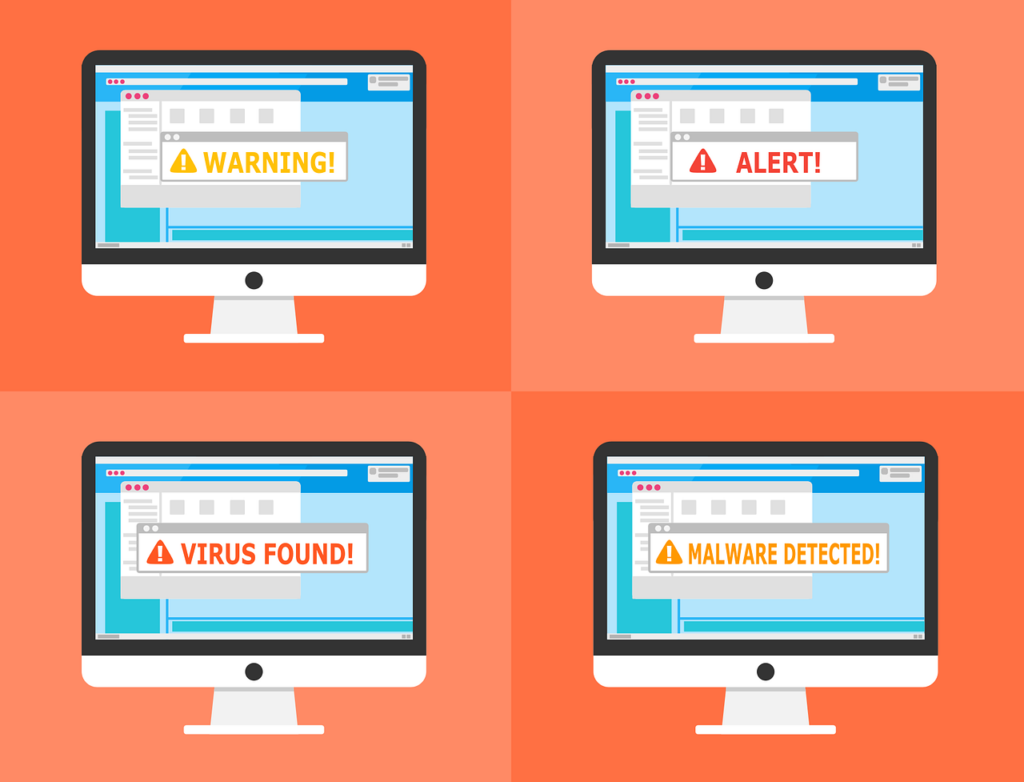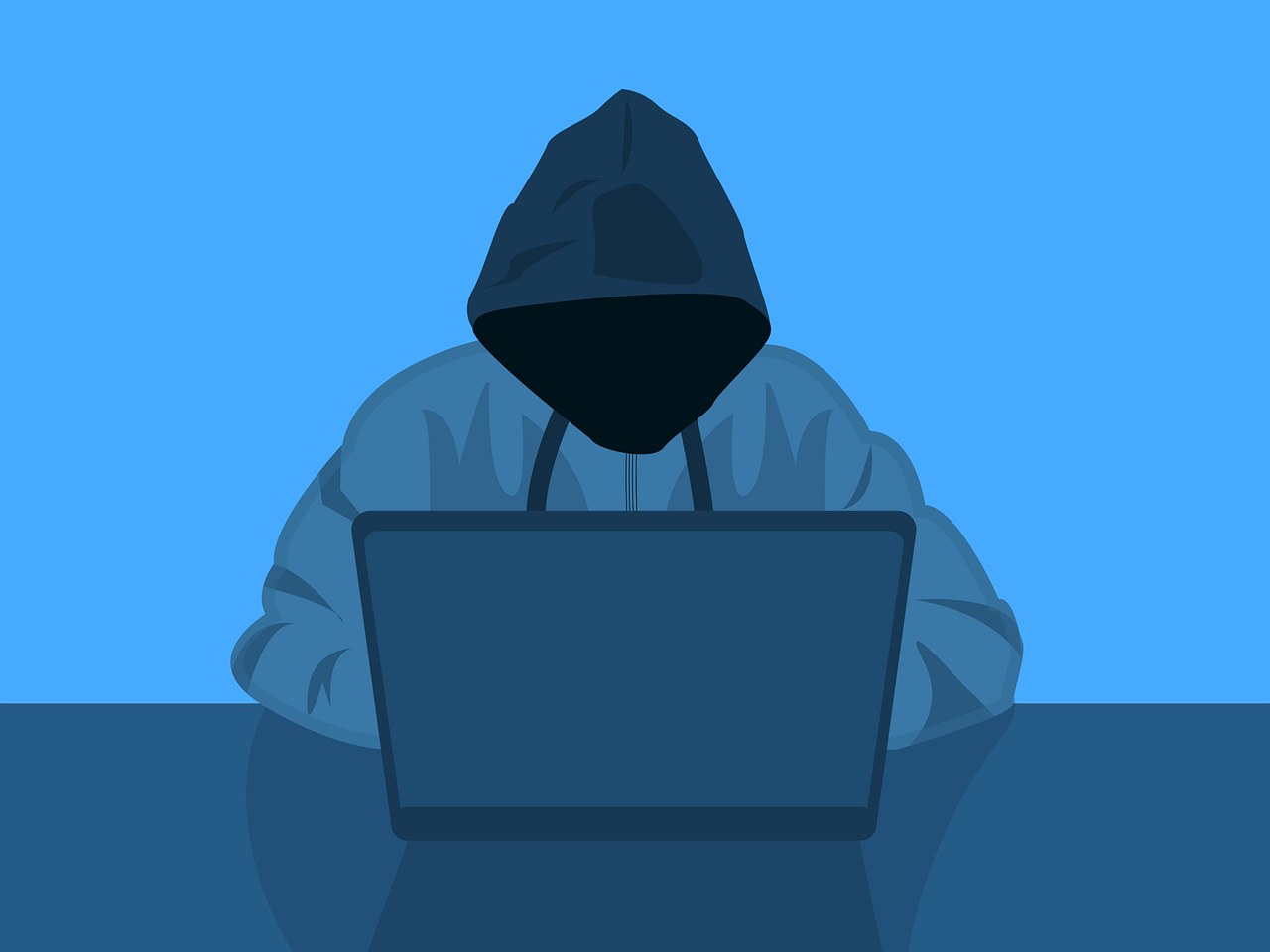In today’s world, everything’s connected. That includes the software your business relies on. Whether you’ve installed that software locally or use it in the cloud.
Protecting the entire process that creates and delivers your software is very important. From the tools developers use to the way updates reach your computer, every step matters. A breach or vulnerability in any part of this chain can have severe consequences.
A recent example is the global IT outage that happened last July. This outage brought down airlines, banks, and many other businesses. The culprit for the outage was an update gone wrong. This update came from a software supplier called CrowdStrike. It turns out that the company was a link in a LOT of software supply chains.
What can you do to avoid a similar supply chain-related issue? Let’s talk about why securing your software supply chain is absolutely essential.
1. Increasing Complexity and Interdependence
Many Components
Modern software relies on several components. These include open-source libraries, third-party APIs, and cloud services. Each component introduces potential vulnerabilities. Ensuring the security of each part is essential to maintaining system integrity.
Interconnected Systems
Today’s systems are highly interconnected. A vulnerability in one part of the supply chain can affect many systems. For example, a compromised library can impact every application that uses it. The interdependence means that a single weak link can cause widespread issues.
Continuous Integration and Deployment
Continuous integration and deployment (CI/CD) practices are now common. These practices involve frequent updates and integrations of software. While this speeds up development, it also increases the risk of introducing vulnerabilities. Securing the CI/CD pipeline is crucial to prevent the introduction of malicious code.
2. Rise of Cyber Threats
Targeted Attacks
Cyber attackers are increasingly targeting the software supply chain. Attackers infiltrate trusted software to gain access to wider networks. This method is often more effective than direct attacks on well-defended systems.
Sophisticated Techniques
Attackers use sophisticated techniques to exploit supply chain vulnerabilities. These include advanced malware, zero-day exploits, and social engineering. The complexity of these attacks makes them difficult to detect and mitigate. A robust security posture is necessary to defend against these threats.
Financial and Reputational Damage
A successful attack can result in significant financial and reputational damage. Companies may face regulatory fines, legal costs, and loss of customer trust. Recovering from a breach can be a lengthy and expensive process. Proactively securing the supply chain helps avoid these costly consequences.
3. Regulatory Requirements
Compliance Standards
Various industries have strict compliance standards for software security. These include regulations like GDPR, HIPAA, and the Cybersecurity Maturity Model Certification (CMMC). Non-compliance can result in severe penalties. Ensuring supply chain security helps meet these regulatory requirements.
Vendor Risk Management
Regulations often require robust vendor risk management. Companies must ensure that their suppliers adhere to security best practices. This includes assessing and monitoring vendor security measures. A secure supply chain involves verifying that all partners meet compliance standards.
Data Protection
Regulations emphasize data protection and privacy. Securing the supply chain helps protect sensitive data from unauthorized access. This is especially important for industries like finance and healthcare. In these industries, data breaches can have serious consequences.
4. Ensuring Business Continuity
Preventing Disruptions
A secure supply chain helps prevent disruptions in business operations. Cyber-attacks can lead to downtime, impacting productivity and revenue. Ensuring the integrity of the supply chain minimizes the risk of operational disruptions.
Maintaining Trust
Customers and partners expect secure and reliable software. A breach can erode trust and damage business relationships. By securing the supply chain, companies can maintain the trust of their stakeholders.
Steps to Secure Your Software Supply Chain
Put in Place Strong Authentication
Use strong authentication methods for all components of the supply chain. This includes multi-factor authentication (MFA) and secure access controls. Ensure that only authorized personnel can access critical systems and data.
Do Phased Update Rollouts
Keep all software components up to date, but don’t do all systems at once. Apply patches and updates to a few systems first. If those systems aren’t negatively affected, then roll out the update more widely.
Conduct Security Audits
Perform regular security audits of the supply chain. This involves assessing the security measures of all vendors and partners. Identify and address any weaknesses or gaps in security practices. Audits help ensure ongoing compliance with security standards.
Use Secure Development Practices
Adopt secure development practices to reduce vulnerabilities. This includes code reviews, static analysis, and penetration testing. Ensure that security is integrated into the development lifecycle from the start.
Monitor for Threats
Install continuous monitoring for threats and anomalies. Use tools like intrusion detection systems (IDS). As well as security information and event management (SIEM) systems. Monitoring helps detect and respond to potential threats in real-time.
Educate and Train Staff
Educate and train staff on supply chain security. This includes developers, IT personnel, and management. Awareness and training help ensure that everyone understands their role in maintaining security.
Get Help Managing IT Vendors in Your Supply Chain
Securing your software supply chain is no longer optional. A breach or outage can have severe financial and operational consequences. Investing in supply chain security is crucial for the resilience of any business.
Need some help managing technology vendors or securing your digital supply chain? Reach out today and let’s chat.
—
This Article has been Republished with Permission from The Technology Press.




